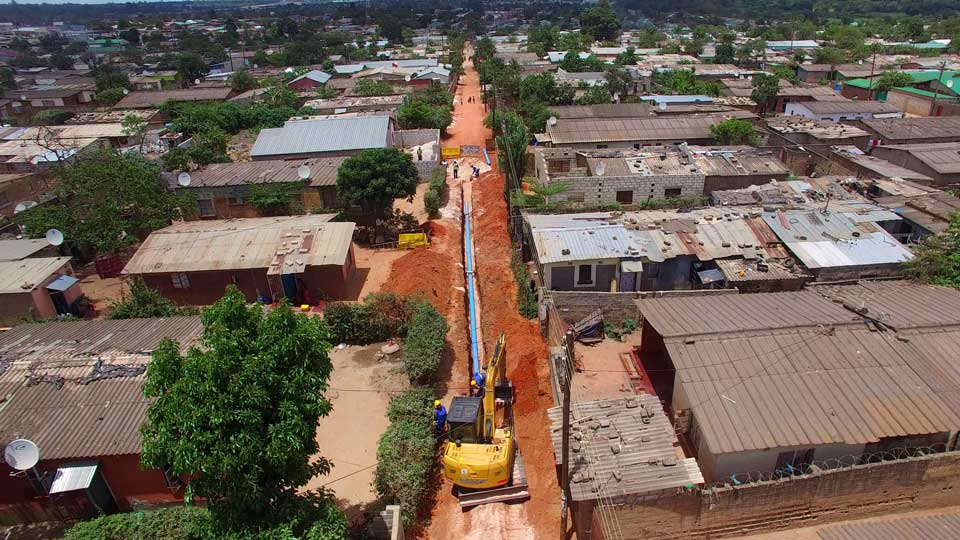What insights can the programme share on developing Decision Support Tools?

Summary
This article summaries the chapter on What insights can the programme share on developing Decision Support Tools? as part of the book ‘Quantifying Climate Risk and Building Resilience in the UK‘, edited by Suraje Dessai, Kate Lonsdale, Jason Lowe, Rachel Harcourt.
This chapter discusses some of the key findings with respect to the development of Decision Support Tools (DSTs) from across the UKCR programme, including challenges and gaps in understanding to inform future work. It highlights a number of potential areas for future research, including work to address the challenges of scaling up decision support tools and stronger frameworks for guiding stakeholder engagement.
Introduction
In broad terms, a Decision Support Tool (DST) can be defined as a tool or knowledge resource to support the decision making process, by facilitating a comparison of different climate futures or adaptation options or by enabling information awareness at spatial scales.
The UK Climate Resilience Programme (UKCR) funded several projects that focused on developing DSTs, where a DST allows users to derive critical information-such as climate hazard to subsequent risk—to make informed decisions. This could be a synthesis of large datasets (making data more digestible), or an interactive tool that displays climate hazard information alongside associated impacts and mitigation/ adaptation options. DSTs take a multitude of forms, from integrated assessment frameworks to visualisation platforms. This chapter focuses on the science-user interface and how information to inform decisions is presented.
This article is an abridged version of the original chapter text, which can be downloaded from the right-hand column. Please access the original text for more detail, research purposes, full references, or to quote text.
Methodology
A series of surveys and reviews of projects funded through the UKCR programme were conducted, focusing on projects where an output was regarded as a decision support tool. In total, nine structured interviews were conducted.
Development of DSTs
Developing DSTs requires a level of stakeholder engagement or co-production if they are to be successful. Decision support tool development varied across the UKCR projects, with approaches falling into two broad categories: (1) science-led, where the tool was initially developed prior to engaging with stakeholders to create a bespoke version; and (2) user-led, where stakeholders were engaged from the outset and at predefined intervals throughout the development process.
Barriers
User engagement : Firstly, knowing who to approach within potential stakeholder organisations or groups to initialise engagement. Secondly, knowing which method of user engagement is appropriate for the desired outcome (large workshops can garner initial interest, while smaller, more targeted meetings are beneficial when refining the final product). Finally, knowing how to maintain purposeful engagement and manage expectations.
Securing legacy access for stakeholders through online portals: Given the amount of resource invested in the development of these useful and usable tools, ensuring DSTs remain available beyond the funding window is especially important. Similarly, ongoing web support and updates are often not possible and knowledge loss may occur when the original project team moves on.
Enablers
Both science-and user-led approaches to DST development can be successful, leading to purposeful engagement with and uptake of tools. The main advantage of science-led DSTs is that the climate change information is scientifically traceable and robust; however, they do not always filter through to local impacts, possible adaptation options or decision making.
A user-led approach has the advantage that the resulting DST is understandable and appropriate for the decision in question, thereby increasing the likelihood of stakeholder uptake. However, the level of scientific rigour can sometimes be called into question when aspects are tailored to suit the user requirements rather than the science.
Lessons learned
- DSTs vary in form, based on factors such as the ‘decision’ they were intended to address, the resources available and the amount of stakeholder engagement. They can be information only or a more complex interactive tool.
- User engagement is often a challenge, despite the pivotal role it plays in DST design.
- DSTs can be science-or research-led, although fundamentally are dependent on the available science and thus data.
Further research could help address key areas of understanding. For example, the development of frameworks for stakeholder engagement, including a common platform, or set of methods, such as for the visualisation of uncertainty common in climate-based modelling. Further work to gauge success of upscaling regional-or city-scale DSTs is required. The development of approaches to better capture the success and failures of current DSTs would also inform future projects.
Suggested citation
Perks, R., Robson, C et al. (2023) ‘What Insights Can the Programme Share on Developing Decision Support Tools?’, in Dessai, S., Lonsdale, K., Lowe, J., Harcourt, R. Quantifying Climate Risk and Building Resilience in the UK. Palgrave Macmillan Cham.


(0) Comments
There is no content